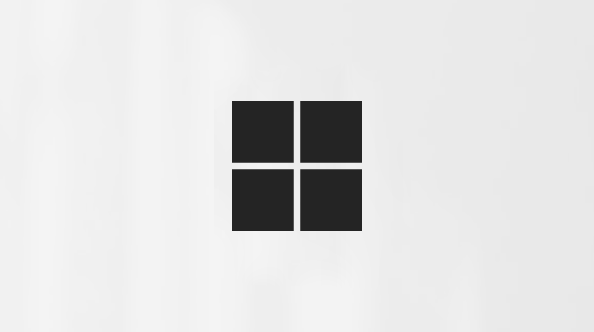October 14, 2025—KB5066873 (Monthly Rollup)
Ισχύει για
Ημερομηνία κυκλοφορίας:
14/10/2025
Έκδοση:
Monthly Rollup
|
Important The installation of this Extended Security Update (ESU) might fail when you try to install it on an Azure Arc-enabled device that is running Windows Server 2012 R2. For a successful installation, please make sure all Subset of endpoints for ESU only are met as described in Connected Machine agent network requirements. |
Windows Secure Boot certificate expiration
Important: Secure Boot certificates used by most Windows devices are set to expire starting in June 2026. This might affect the ability of certain personal and business devices to boot securely if not updated in time. To avoid disruption, we recommend reviewing the guidance and taking action to update certificates in advance. For details and preparation steps, see Windows Secure Boot certificate expiration and CA updates.
Support for Windows Server 2012 R2 will end in October 2026
Windows Server 2012 R2 reached the end of support (EOS) on October 10, 2023.
Extended Security Updates (ESUs) are available for purchase and will continue for three years, renewable on an annual basis, until the final date on October 13, 2026. For information about the procedure to continue receiving security updates, see KB5031043.
We recommend that you upgrade to a later version of Windows Server. For more information, see Overview of Windows Server upgrades.
Summary
Learn more about this cumulative security update, including improvements, any known issues, and how to get the update.
Windows Server 2012 R2
This security update includes fixes and quality improvements that are part of the following update:
The following is a summary of the issues that this update addresses. The bold text within the brackets indicates the item or area of the change we are documenting.
-
[Stability issue] Fixed: This update addresses an issue observed in rare cases after installing the May 2025 security update and subsequent updates causing devices to experience stability issues. Some devices became unresponsive and stopped responding in specific scenarios.
-
[Fax modem driver] This update removes the ltmdm64.sys driver. Fax modem hardware dependent on this specific driver will no longer work in Windows.
For more information about the resolved security vulnerabilities, please refer to the Deployments | Security Update Guide and the October 2025 Security Updates.
For information about the various types of Windows updates, such as critical, security, driver, service packs, and so on, see Description of the standard terminology that is used to describe Microsoft software updates.
To view other notes and messages, see the Windows 8.1 and Windows Server 2012 R2 update history home page.
Known issues in this update
We are currently not aware of any issues with this update. For the most up-to-date information about known issues for Windows Server 2012 R2, please go to the Windows release health dashboard.
How to get this update
Before installing this update
To install any Windows Server 2012 R2 Monthly Rollup released on or after January 14, 2025, we recommend you first install the latest Servicing Stack Update (SSU). If your device or offline image does not have the latest SSU installed, you might not be able to install this update.
Caution: Until you install the latest SSU, this update might not be offered to your device. To reduce your security risk, install the latest SSU as soon as possible.
-
If you use Windows Update, the latest SSU (KB5066794) will be offered to you automatically. If the latest SSU is not installed, you might not be able to install this update.
-
If you use the Update Catalog, we recommend you download and install the latest SSU (KB5066794). If the latest SSU is not installed, you might not be able to install this update.
-
If you are a Windows Server Update Services (WSUS) administrator, you must approve SSU KB5066794 and this update KB5066873.
For general information about SSUs, see Servicing stack updates and Servicing Stack Updates (SSU): Frequently Asked Questions.
Language packs
If you install a language pack after you install this update, you must reinstall this update. Therefore, we recommend that you install any language packs that you need before you install this update. For more information, see Learn about adding a language pack to Windows.
Install this update
To install this update, use one of the following release channels.
|
Available |
Next step |
|
|
This update will be downloaded and installed automatically from Windows Update. |
|
Available |
Next step |
|
|
To get the standalone package for this update, go to the Microsoft Update Catalog website. To download updates from the Update Catalog, see Steps to download updates from the Windows Update Catalog. |
|
Available |
Next step |
|
|
This update will automatically sync with Windows Server Update Services (WSUS) if you configure Products and Classifications as follows:
|
File information
A list of the files that are included in this update are provided in a CSV (Comma delimited) (*.csv) file. The file can be opened in a text editor such as Notepad or in Microsoft Excel.












